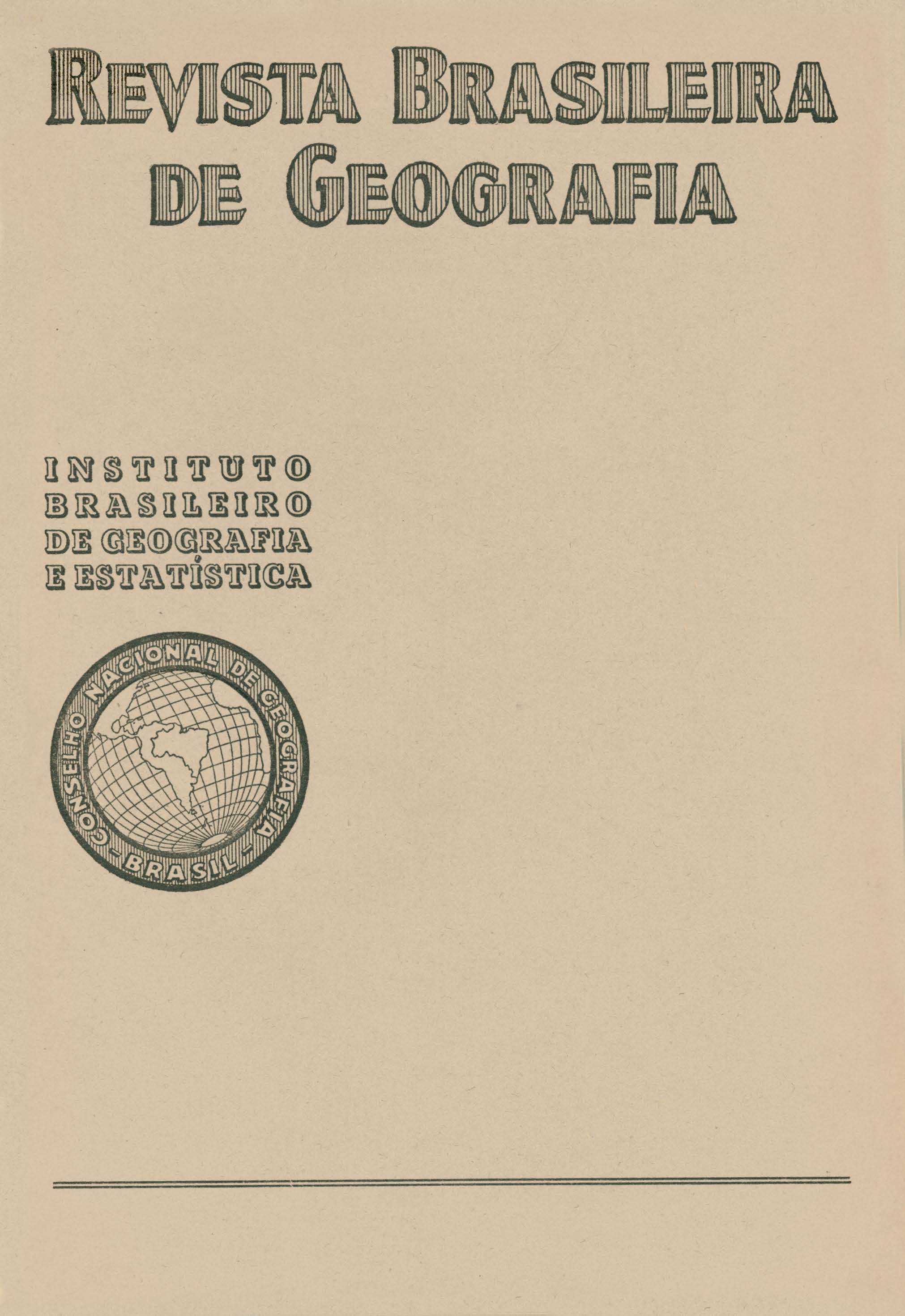Plainos e peneplanos
Palavras-chave:
Vocabulário;, Geomorfologia.Resumo
The author, Professor Victor Ribeiro Leuzinger, of the Faculdade Nacional de Filosofia, points out the confusion of terminology which reigns in geography, where the same terms may have either a morphological, a morphogenetic, or a genetic and stratigraphical sense, and which not infrequently gives rise to sterile controversies. Recognizing the contribution already made to geographical terminology by the Revista Brasileira de Geografia, he emphasizes the necessity for establishing an exact equivalence between the Portuguese terms and those of other languages, and analyses the terms used to designate slightly undulating surfaces which are nearly flat and horizontal.
He proposes that all these surfaces should be designated in Portuguese by the word "plaino". He defines the meanings of "planicie" (plain) and "planalto" (plateau) according to both popular and technical language, and gives attention to the relativity of the concept of altitude. He defines and analyses coastal and inland plains, plains caused by erosion, structural plains laid bare, and deteriorated surfaces. In agreement with various American authors, he proposes substituting the word "J)'3neplano" for "peneplanicie".
Finally, he defines the German terms: Tefelländer, Fastebene, Rumpffläche, Abtragungsfläche, Primarrumpf, Endrumpf, Flachland and Ebene.






